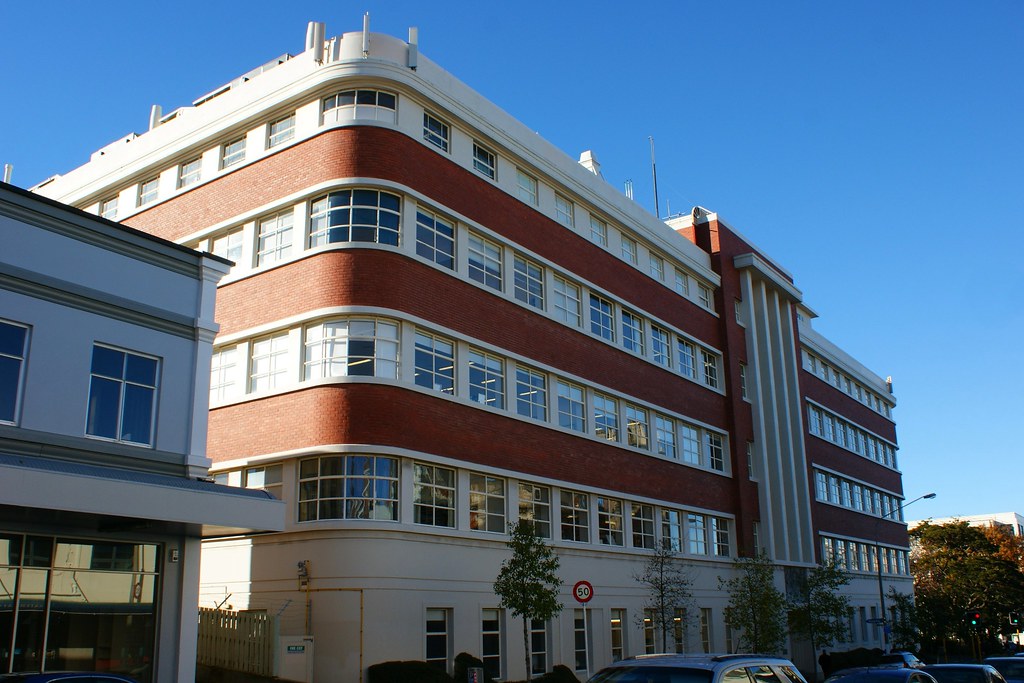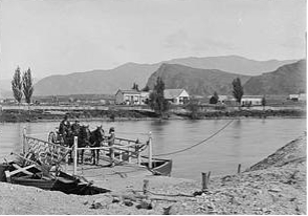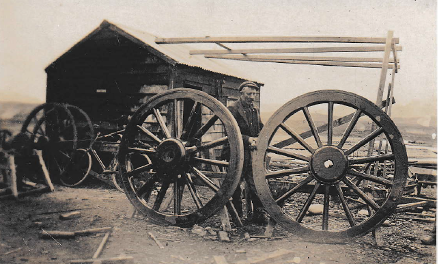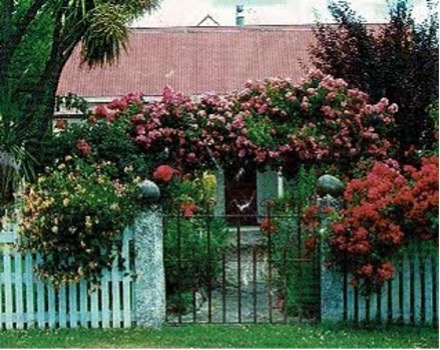The History of Albert Town
Albert Town, on the confluence of the Clutha, Hawea and Cardrona Rivers, was the first to be settled in the remote Upper Clutha during the late 1850s. It was originally sited at the place on the Clutha River where it could be forded in relative safety. (The only place over the river’s length that can be forded). It provided access to the farmers on the Wānaka Station (established in 1858), which had a homestead close to the ford. Initially, the pastoralists of Wānaka Station used the site to cross the river, their only access to the station.
George Hassing started a river crossing at Albert Town (originally called Albert Crossing after Prince Albert the husband of Queen Victoria who had recently died). Before becoming a punt —that operated until around 1930—a dray box and a whaleboat were used. In 1861 David Robertson opened an accommodation house, later taken over by Mr and Mrs Henry Norman who also opened a store. This was initially on the Hāwea (north) side of the river and later moved to the Albert Town side when sections were offered in 1865. This hub of activity led to the establishment of accommodation and transport for the gold miners heading to Arrowtown, and later the settlement grew to provide goods and services for the wider community.
In 1861 John Connell surveyed the area and named the district Newcastle, but as it was already known to the local residents as Albert Town after the Albert Crossing, they continued to use the name.
Like Pembroke (Wānaka), the street names on the original survey were named after coastal locations in Ireland from Dublin to Waterford, with streets named Wicklow Terrace, Kingston (derived from Kingstown), Kinnibeg, Carlow, Arklow and Wexford Streets.
Albert Town was the centre of the Hawea/Wānaka region for almost a decade largely because of its role in communications. Until 1873 it was the post office for the district, and the arrival of the mail coach would see the town fill with men from the outlying areas. The Post Office continued to operate well into the 1920s providing the same service to the district.
Floods late in September 1878 destroyed all evidence of Newcastle on the north bank, and the only reminder of the name is Newcastle Road in Hawea Flat which connected to the punt. Guests at Norman’s hotel had to flee as a metre of muddy water swirled through their rooms. Houses, trees, animals and punts were carried away. Lake Wānaka rose 4.26 metres above normal.
By 1878 Albert Town’s position as a commercial centre of the region was being challenged by Pembroke.
In the 1880s, the town boasted the blacksmith John Hardie and later a taxidermist. But its role as a river crossing kept it important, the punts remaining in operation until 1930 when the Clutha was finally bridged just above the town.
Around 1877 Henry Norman planted many of the willow and poplar trees that give the town its charm today.
In 1904 James Templeton became the first paid puntman by the Vincent County Council. He had to operate the upper (beside the current bridge) and lower punts, so it was sometimes a long wait while he walked between the two. The service was speeded up when the County purchased a bicycle to travel between the two punts.
Charles Templeton (James’s son) took over the family’s blacksmith wheel righting business (started in 1906) in 1913 and gained a reputation for being able to fix almost any broken equipment. It is most likely that Albert Town survived because so many farmers came from all over the district to have repairs done. Templeton and Sons Engineering is the oldest continually operating business in the Upper Clutha and is the Bank of New Zealand’s oldest customer in NZ.
The Gunn family was another family to impact Albert Town’s growth. The farm they owned was subdivided in the 1950/60s into sections forming Alison Avenue, Gunn Road, Lagoon Avenue, Tanya Terrace, and Dale Street. The remainder of the farm was sold to Norman Pittaway which became Riverside stages 3 to 7.
Albert Town was the site of the first school in the district which opened as the Wānaka School in 1868 and continued until it closed in 1944. It was only called the Albert Town School after 1940, when Pembroke was renamed Wānaka. The school had various locations around Albert Town, the Cardona River, near the lower punt and in the dining room of the former Albert Hotel. Its last location was on the corner of State Highway 6 and Monteith Road.
Albert Town Cemetery was built around 1860 and was the earliest in the Upper Clutha. It is in the camping area on the Hāwea side of the Albert Town Bridge. It is uncertain how many early settlers are interred there as a fire destroyed the wooden headstones and floods rolled away some of the replacement stone markers. The cemetery records were lost when the Norman’s house was destroyed by fire. Some of the markers were used over time as fireplaces by campers. In 1952 some of the locals gathered up as many of the headstones they could find and set them into a memorial plinth. Around 1962 they added the stone pillars and chain fence. In 2007 the Queenstown Lakes District Council surveyed the area and fenced off a larger area that they found contained graves. At the same time they closed the cemetery for burials, even though it is thought the last internment occurred around 1883.
Another spurt of population growth happened in 2005 when the Riverside development by the Infinity Group filled in the undeveloped land between the town up to Aubrey Road.
For pre-European history of the area, visit Lake Wānaka Tourism.
Historic Plaques in Albert Town
Discover Albert Town’s historical sites and learn more about the important role Albert Town has played in the story of Wānaka.





